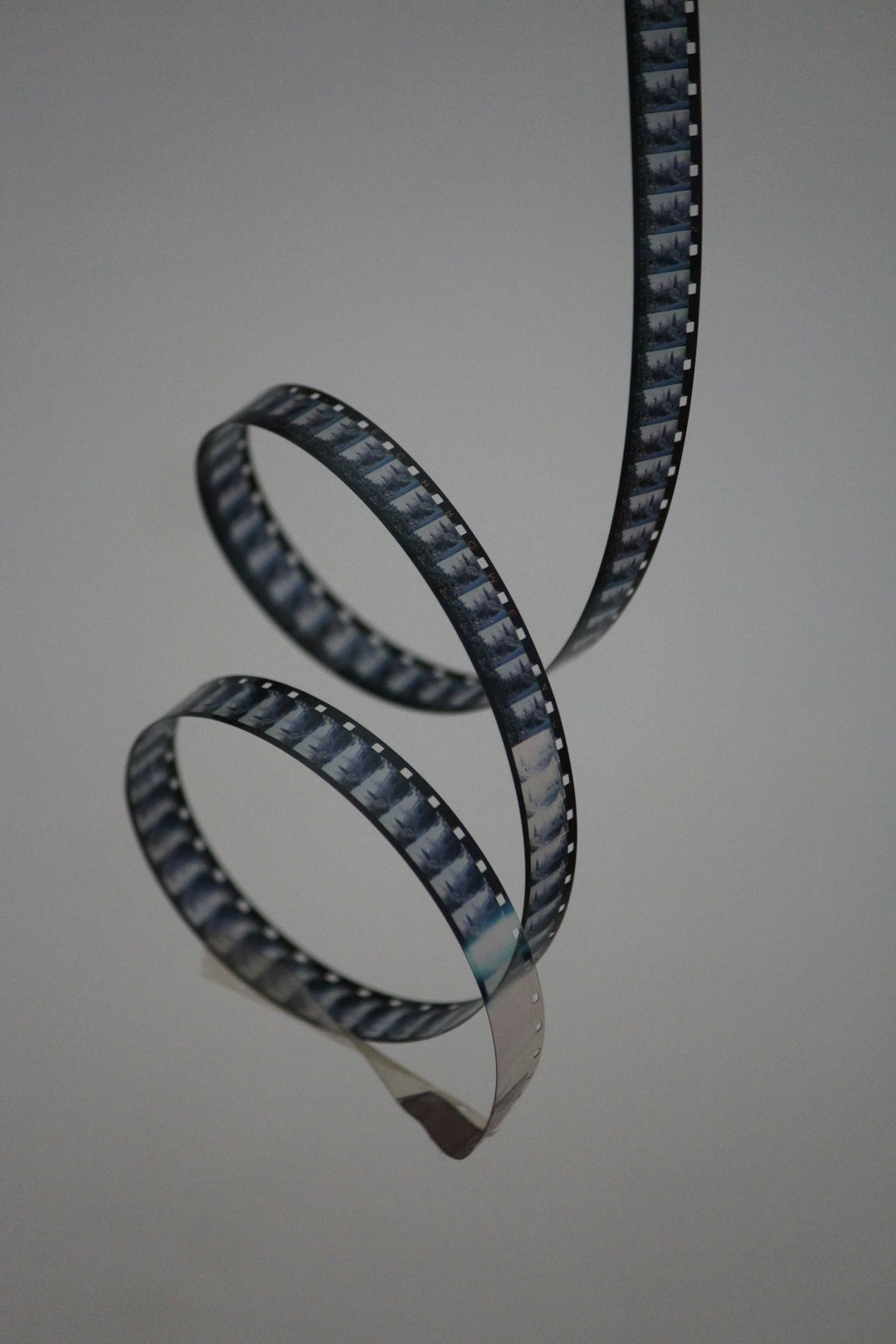Film vs. Video
What's the Difference?
Film and video are both mediums used for capturing and displaying moving images. However, there are some key differences between the two. Film is a traditional medium that uses celluloid strips to record images, while video relies on electronic signals to capture and display images. Film has a distinct aesthetic quality, often characterized by its grainy texture and rich colors, while video offers a more polished and crisp look. Additionally, film requires a more complex and time-consuming process for development and editing, whereas video allows for immediate playback and editing. Despite these differences, both film and video have their own unique appeal and continue to be widely used in the world of visual storytelling.
Comparison

| Attribute | Film | Video |
|---|---|---|
| Medium | Celluloid | Digital |
| Resolution | Varies (35mm, 16mm, etc.) | Varies (SD, HD, 4K, etc.) |
| Aspect Ratio | Varies (1.33:1, 1.85:1, etc.) | Varies (4:3, 16:9, etc.) |
| Playback | Requires a projector | Requires a screen and player |
| Editing | Physical cutting and splicing | Digital non-linear editing |
| Distribution | Physical film reels | Digital files, streaming, discs |
| Storage | Requires physical storage space | Stored digitally on various media |
| Cost | Expensive (film stock, processing) | Relatively cheaper (storage, equipment) |
| Accessibility | Limited availability, theaters | Widespread availability, online platforms |
| Quality | Can have a unique aesthetic | High-definition, consistent quality |

Further Detail
Introduction
Film and video are two distinct mediums that have been used for capturing and presenting moving images for decades. While both serve the purpose of storytelling and visual communication, they differ in various aspects, including their technical characteristics, aesthetic qualities, and historical significance. In this article, we will explore the attributes of film and video, highlighting their unique features and discussing their respective strengths and weaknesses.
Technical Characteristics
Film, traditionally shot on celluloid, and video, recorded digitally, differ significantly in their technical characteristics. Film captures images through a chemical process, where light interacts with silver halide crystals on the film emulsion. This process results in a unique texture, grain structure, and color rendition that many filmmakers and cinematographers find appealing. On the other hand, video records images using electronic sensors, converting light into digital information. This digital format allows for immediate playback, editing, and manipulation, providing greater flexibility and convenience in post-production.
Furthermore, film has a higher resolution and dynamic range compared to most video formats, allowing for greater detail and tonal range in the captured images. However, advancements in digital technology have narrowed this gap, with high-end digital cameras now capable of capturing images with exceptional resolution and dynamic range.
Aesthetic Qualities
The aesthetic qualities of film and video also differ, contributing to their distinct visual styles. Film, with its organic and tactile nature, often exhibits a nostalgic and timeless quality. The inherent grain, color rendition, and texture of film can evoke a sense of authenticity and artistic expression. Many filmmakers and enthusiasts appreciate the unique look and feel of film, considering it a form of art in itself.
On the other hand, video, with its clean and precise image reproduction, offers a more realistic and contemporary aesthetic. The sharpness, clarity, and smoothness of video can be advantageous in certain genres, such as documentaries or news reporting, where capturing reality with accuracy is crucial. Additionally, video allows for easy integration with digital effects and computer-generated imagery, enabling filmmakers to create visually stunning and immersive worlds.
Historical Significance
Both film and video have played significant roles in the history of visual media. Film, dating back to the late 19th century, has a rich heritage and has been the primary medium for cinema for over a century. It has witnessed the evolution of filmmaking techniques, the rise of iconic directors, and the development of cinematic language. Many classic films have been shot on film, contributing to its cultural and historical significance.
Video, on the other hand, emerged in the mid-20th century and revolutionized the way moving images were captured and consumed. The advent of video cameras and portable recording devices democratized the medium, allowing anyone to document events and create content. Video has become the dominant format for television broadcasting, news reporting, and online video platforms, shaping the modern media landscape.
Advantages and Disadvantages
Both film and video have their own advantages and disadvantages, making them suitable for different purposes and contexts. Film, with its unique aesthetic and historical significance, offers a tangible and artistic medium for filmmakers who value the craft and tradition of cinema. It provides a sense of authenticity and a connection to the past, but it can be costly and time-consuming to shoot, process, and distribute.
Video, on the other hand, offers convenience, immediacy, and affordability. It allows for real-time monitoring, instant playback, and easy sharing, making it ideal for live events, news coverage, and online content creation. However, video can sometimes lack the visual character and depth of film, and its digital nature may result in a more sterile and artificial look.
Conclusion
In conclusion, film and video are two distinct mediums with their own unique attributes. Film, with its chemical process, higher resolution, and aesthetic qualities, offers a timeless and artistic approach to visual storytelling. Video, with its digital format, convenience, and realism, provides a contemporary and accessible means of capturing and presenting moving images. Both mediums have their strengths and weaknesses, and their choice depends on the specific requirements, artistic vision, and budget of the filmmaker or content creator. Ultimately, the decision between film and video lies in the hands of the storyteller, who must choose the medium that best serves their creative vision and narrative goals.
Comparisons may contain inaccurate information about people, places, or facts. Please report any issues.